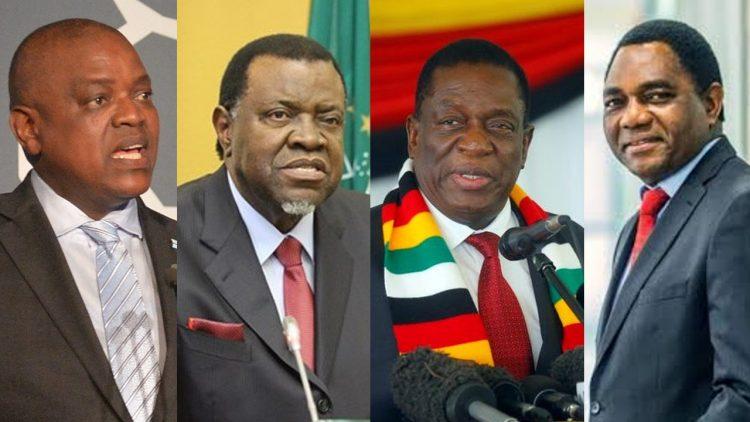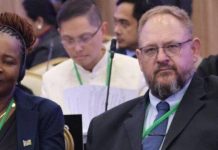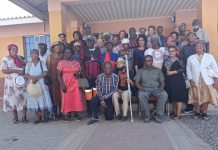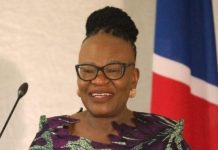Africa-Press – Namibia. Homeless and traumatized that is the plight of thousands if not millions of children who are citizens of the Southern African Development Community (SADC) region.
Due to ongoing conflicts in the Democratic Republic of Congo (DRC) and Mozambique’s strife-torn Cabo Delgado Province, as well as many other incidents of insurgency, children are paying the price in the wake of the insurgency taking shape in these countries.
The latest report by the United Nations High Commissioner for Refugees (UNHCR) released late last year revealed that the southern Africa region comprises nearly 9.5 million persons of concern.
The report added that this includes some 6.4 million internally displaced persons (IDPs) and close to 1.1 million refugees and asylum-seekers. It also includes nearly two million IDP returnees in the DRC.
However, it is not all gloom for the children of the SADC, as some leaders in the southern African region recently vowed to end the plight of these young people in order for them to have a bright future.
This follows an agreement by President Mokgweetsi Masisi of Botswana alongside his Zimbabwean and Namibian counterparts in President Emmerson Mnangagwa and President Hage Geingob together with President Hakainde Hichilema of Zambia to work for hand in glove in addressing child-related challenges.
“We have just agreed with my fellow presidents to form a network for children and young people with the aim of ensuring that their plight is ended,” said Masisi last Saturday at the closure of the World Children’s Day commemorated at Kasane, Botswana’s resort township that is a stone throw from borders of Namibia, Zambia, and Zimbabwe.
Masisi said the event was held in Botswana in partnership with the United Nations Children Fund (UNICEF), as part of also celebrating the latter’s 75th anniversary to reflect on past achievements and position itself to meet the new challenges of recovering from the COVID-19 pandemic.
Children from Botswana, Namibia, Zambia, and Zimbabwe were also in attendance with a view of reviewing what needs to be done towards a brighter future for children and young people in the region, said Masisi, who is UNICEF’s SADC Global Leader for Generation Unlimited.
Geingob said combining a dialogue between children and heads of states was the first of its kind before describing it as a move in the right direction towards addressing challenges faced by young citizens of SADC.
“As leaders and parents, we are on this day and occasion demonstrating our shared commitment to the welfare and progress of children and young people,” said Geingob amid a thunderous round of applause from the audience.
For his part, Mnangagwa said it is imperative for SADC countries to reconsider reviewing their respective education systems if not synchronizing them to a point where it offers a window of opportunities to children.
“We, as SADC heads of states, need to create an environment for you (children) to excel and showcase your talent like other children in the first world especially China,” said Mnangagwa, adding that China is leading the pack in empowering its people.
Mnangagwa said the SADC countries must embrace innovation in order for young people to start inventions at a tender age — something that will help them a lot in the future in not becoming job seekers but creators of employment opportunities.
Weighing in, Hichilema said there is a need for the SADC member states to work together in ensuring that citizens of southern Africa are empowered and able to stand on their own.
For More News And Analysis About Namibia Follow Africa-Press






